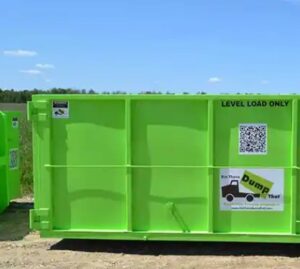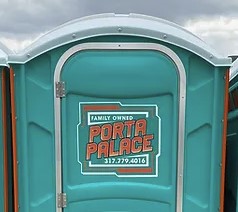Connect With Us:
Out behind even the most impressive frame mansion, especially in warm Southern climates, there was always one brick structure, close—but not too close—to the main house. It was the summer kitchen, where the domestic kitchen staff would prepare meals.
In the South, this was often the only kitchen, and winter or summer, its fire often burned morning to night. The summer kitchen was brick to make it fireproof, and it kept the heat and smells of cooking away from the dining room.
Flash forward a hundred years and the summer kitchen was a staple of many a farmstead. In these sturdy out buildings, there was often enough room for a table and chairs, so meals could be served as well as prepared. And more than cooking went on inside. The summer kitchen was the place where people gathered to make soap, churn butter, put up preserves, can vegetables, clean freshly laid eggs and do laundry. Baths were often taken in the summer kitchen, which proved both convenient and private. With progress came electricity, and with rural electrification, the summer kitchen was slowly abandoned in favor of a kitchen in the farmhouse itself.
[lightbox link=”https://www.nariindy.com/wp-content/uploads/2016/05/summerkitchen_NARI.jpg” thumb=”https://www.nariindy.com/wp-content/uploads/2016/05/summerkitchen_NARI-300×225.jpg” width=”300″ align=”left” title=”Summer Kitchen NARI” frame=”true” icon=”image” caption=””]Today, when central air conditioning and well-insulated appliances make the kitchen comfortable all year long, a new form of “summer kitchen” is emerging as a trend in upscale new homes and remodeled residences. Unlike its predecessors, the new trend in summer kitchens is designed to make cooking outdoors into a social event. Complete with everything from a prep sink, refrigerator, ice maker, grill and work surfaces to brick ovens and wine coolers, the new summer kitchen is a center for entertaining. Roofed or open-air, the summer kitchen usually includes plenty of seating for guests.
The summer kitchen or outdoor kitchen, is one of the most requested additions to upscale new homes, and the National Association of Home Builders has estimated that a summer kitchen can add as much as 130% of its cost to the purchase price of a home.
There are definitely advantages for the homeowner who adds a summer kitchen:
- Cooking outside keeps heat out of the house, which should reduce utility bills.
- When you’re preparing a meal outdoors, everything you need is at hand in one place.
- You’re still part of the group when you cook outdoors and not alone indoors.
- The house stays clean. Typically, outdoor clean up is easier—just hose down the patio or deck and wipe down the counters.
- Food outdoors just tastes better, right?
Amanda Leckey, writing for HGTV, suggests that your clients spend some time thinking about what they really want and need in an outdoor kitchen before you tackle the project on their behalf. To begin, don’t let clients be too influenced by their neighbors’; houses or something they’ve seen on TV or in a magazine.
To begin any summer kitchen project, it’s best if they ask themselves these questions:
- How often do I cook outside? How often would I use this space?
- What kinds of food do I cook outdoors? Steaks? Burgers? Smoked meats?
- What kind of grill do I prefer? Natural gas? Propane? Charcoal? Wood?
- Would I like to deep-fry? Smoke meat? Make sauces? Cook large cuts of meat or whole birds?
- How many people will be cooking?
- Is the safety of children a concern?
- Will we eat outdoors? Or carry food back inside?
- How many people will we entertain in the area?Would I like to be able to wash my hands outdoors? Wash the dishes? Have water for clean up?
- Do I want the kitchen to be close to the house or set apart?




